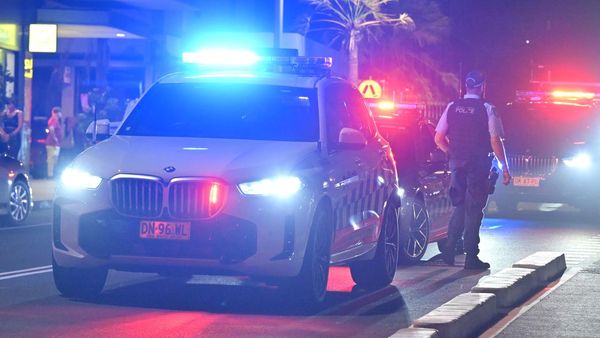
My mother, Edith Velmans, who has died aged 97, was called “the Anne Frank who lived” after publishing her memoir of her life as a “hidden” Jewish teenager in Holland during the second world war.
Born in The Hague into an assimilated, non-religious Jewish family, Edith was one of three children of David (Dago) van Hessen, a businessman in the timber trade, and his wife, Adelheid. She had a happy, carefree childhood in a loving household filled with music, art and fun until the Germans invaded Holland in May 1940, when she was 14. Jews were banned from the beach and from public transport, and Edith was expelled from school and had to wear a yellow star on her clothes. In 1942, she was forced to go into hiding, “diving under”, as it was called in Holland. A friend of one of her brothers produced forged papers for Edith, and one night she said goodbye to her beloved family and fled, under the curfew, for the south of Holland.
A courageous Christian family in Breda took her in, and she lived with them under an assumed name as a housemaid until the end of the war. When a German officer was billeted at the house, her stern foster mother insisted that Edith should show no fear and take him his breakfast in the mornings.

The news of her family was increasingly grim. Her mother and grandmother were deported to Sobibor extermination camp; her brother Jules was caught attempting to escape and died in Auschwitz; and her father died in hospital before he was to be deported. The only ones to survive were Edith and her elder brother, Guus, who had been working in the US when war broke out.
In spite of the danger, Edith had secretly kept writing the diary she had started when she was 13. Forty years later, she turned her wartime diaries and letters into an account of her years as a hidden teenager, which was published as Edith’s Book in 1996. It was translated into more than a dozen languages and won several literary prizes.
After the war, Edith studied psychology at the University of Amsterdam and Columbia University in New York, becoming a psychologist specialising in gerontology. She married Loet Velmans in 1949. When she was in hospital in Amsterdam after giving birth to me and my twin sister, a woman called Miep Gies was in the next bed. She told Edith she had helped hide a Jewish family, the Franks, and that their daughter, Anne, who also wrote a diary, had not survived.
Edith and Loet were keen to put the war behind them, and started a new life in the US in 1951. His job in public relations moved the family back to Europe, from Holland to Paris, Geneva and then, in 1969, to London, before a return to New York in 1974.
They eventually took up permanent residence in Sheffield, Massachusetts, when Loet retired. Edith never dwelt on the past, determined not to live as a “victim”. She became an active and popular member of the local community; her life was full to overflowing with friends, music, philanthropic work, and being a welcoming and loving “Oma” to her grandchildren and great-grandchildren.
In 1996 Edith was honoured by Queen Beatrix of the Netherlands with the Order of the House of Orange.
Loet died in 2016. Edith is survived by her three daughters, Hester, Jessica and me, by five grandchildren, Anya, Jack, Nick, Saskia and Luca, and by five great-grandchildren.







